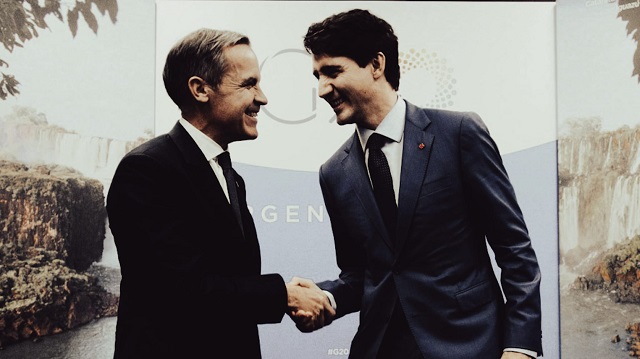Economy
Canadians should understand costs of expanding Old Age Security

From the Fraser Institute
By Jake Fuss and Grady Munro
In yet another high-stakes maneuver in the fall session of Parliament, the Bloc Québécois recently tabled a motion urging the Trudeau government to support Bill C-319, which would increase Old Age Security (OAS) payments for seniors aged 65 to 74 by 10 per cent. The motion passed and the Bloc is threatening to trigger an election if the Trudeau government doesn’t give the bill final approval before October 29.
Meanwhile, according to a new poll, 79 per cent of Canadians “support or somewhat support” the OAS increase. But crucially, the poll provided no information to respondents about the costs associated with expanding OAS, even though Canadians should understand the costs before they pledge support for any government program.
Consider this—according to past polling, more than two-thirds of Canadians expressed support for the Trudeau government’s national dental care, $10-a-day daycare, and pharmacare programs. Yet once respondents were made aware of potential tax increases (specifically, increases to the GST), support plummeted to less than 50 per cent for all three programs.
Clearly, support for government programs can change dramatically once Canadians understand the costs since they ultimately must pay those costs. So, that being said, what are the costs of a 10 per cent increase in OAS payments for seniors aged 65 to 74?
According to the Parliamentary Budget Officer Yves Giroux, the policy would cost more than $3 billion a year, with a five-year price tag of $16.1 billion—a “significant chunk of change” in his words.
Based on its latest budget, the Trudeau government expects to run deficits of at least $20.0 billion for the next five years and rack up more than $400 billion in new debt by 2028/29. If the government borrows more money to pay for increased OAS benefits, that debt number will grow even larger.
And again, Canadians will ultimately bear the costs of an expanded OAS through higher taxes in the future because Canadians must pay interest on government debt. This fiscal year (2024/25) federal debt interest costs are already expected to reach $54.1 billion—which is equal to the entire amount raised by the GST. These are taxpayer dollars that won’t go towards any services or programs for Canadians, and interest costs will continue to grow as the government adds more and more debt.
Finally, in addition to being costly, the plan is poorly targeted. While some programs such as the Guaranteed Income Supplement (GIS) provide additional income support to low-income seniors, OAS provides support to many upper middle-income seniors. Indeed, based on current thresholds, individual seniors (aged 65 to 74) earning up to $148,451 per year are eligible to receive OAS (though seniors earning more than $90,997 of income don’t receive the full amount). Therefore, if Bill C-319 becomes law, a senior couple with a combined household income of nearly $300,000 will receive an increase in their OAS payments.
Increasing OAS payments will cost billions each year while supplementing the income of many seniors who aren’t in need. Despite the political theatre in Ottawa, Canadians are ultimately the ones who will foot the bill.
Authors:
Economy
If the Liberal government has a plan for the future of conventional energy, now would be a good time to tell us what it is.

From Energy Now
By Jim Warren
During the Cold War, Western journalists and political analysts were typically unable to penetrate the secrecy surrounding the machinations of upper level Soviet politics. They would struggle to discern who the top contenders were in the contest to replace the current party leader and what a new leader might mean for geopolitics.
The lack of trustworthy official information prompted Kremlin watchers to adopt some rather desperate and sometimes absurd methods for divining the twists and turns of internal Communist Party intrigues.
For instance, they would look at photos of the party leadership on the reviewing stand for the annual May Day military parade. They would identify how close or far each member of the official party on the dais was sitting from the party leader. The proximity rankings were then compared with where people were positioned in relation to the leader at last year’s parade. Those who stood or sat closer to the leader than they did the previous year were presumed to be on their way up. Those who stood further away might be on their way to Siberia.
After one month in office it looks like the Carney government will require observers to go to similarly ridiculous lengths to figure out what cabinet ministers really mean when making public statements. Last week, a column by Calgary Sun’s Rick Bell discussed Danielle Smith’s demand that the Liberals quit talking in riddles. Bell suggested the Liberals would rather “stick handle” their way through questions about their policy positions than clearly indicate what those positions are.
Supporters of the oil, gas and pipeline sectors in the West remain uncertain and unconvinced when it comes to the Liberal government’s commitment to getting new pipelines built. This week’s Speech from the Throne certainly didn’t clarify the government’s plans for conventional energy production and exports.
The prime minister’s flip flopping has been particularly unhelpful. He has distanced himself from the comments he made at Kelowna early in the election campaign. While speaking there, Carney temporarily impressed supporters of new export pipelines by indicating he would use the emergency powers of the federal government to ensure oil pipelines are built to connect the prairies with the East and West coasts. Several days later he indicated he wouldn’t use those powers to override the objections of Quebec.
Currently, the prime minister says he is taking a wait and see approach. Last week he said a new pipeline extending from the prairies to a Canadian coastline is one of many possibilities depending on what sort of consensus develops around energy policy. When fumbling to explain his consensus approach, he produced the sort of word salad Danielle Smith could justifiably refer to as “talking in riddles.”
During the new government’s first Question Period on May 28, Andrew Scheer asked Carney what he intended to do about Bill C-69, the infamous No More Pipelines Bill. True to form Carney avoided providing a clear answer to the question. He responded with irrelevant canned talking points that failed to mention either the noxious Bill or increasing oil export opportunities.
Last week, Tim Hodgson, Canada’s new Energy Minister told people at a Calgary Chamber of Commerce event some of the of things they hoped to hear. According to a National Post report on the event Hodgson said he “promised to deliver new infrastructure to get Canadian energy to the coast and ultimately ‘to trusted allies’ outside the U.S.”
Hodgson also had comforting words for those concerned that Canada’s cumbersome project approval process could stymie new pipeline approval and construction. He said “Canada will no longer be defined by delay. We will be defined by delivery.”
Talk is cheap. It is difficult to imagine how costly pipeline construction delays and cancellations can be prevented without first getting rid of Bill C-69. If Hodgson was truly being sincere you’d think he would have announced plans are in the works to overturn C-69 or to at least make serious revisions to it. Since he never went that far in his remarks, the presentation fell far short of announcing that a credible plan is currently being considered.
The week prior to Hodgson’s Calgary speech, his cabinet colleague Steven Guilbeault announced that Canada did not need any new pipelines because the Trans Mountain was not operating at full capacity. Guilbeault also said that by the time a new pipeline could be built the global demand for oil and gas will have declined so much it wouldn’t be needed. Unfortunately, if a new pipeline project isn’t approved and completed within the next 15 years, Gulibeault’s second point will be on its way to becoming a self-fulfilled Liberal prophecy.
So who really speaks for the government on conventional energy policy? We’ve been presented with three different versions from three of the people who sit around the cabinet table, one of whom is supposed to be the boss. Apparently it is no longer the case that ministers are duty bound to refrain from criticizing or deviating from government policy. Yet, as far as we know, nobody has been reprimanded for announcing an incorrect version of the Liberals’ conventional energy policy.
We have been left to guess at the answers to critical questions. Has the government initiated a plan for making policy changes that deal with the concerns of the conventional energy sector and the governments of Alberta and Saskatchewan? If so, could someone please tell us what it is?
Transparency and clarity on the conventional energy file seem especially important at a time when Alberta is posed to hold a referendum on separation. Perhaps the Liberals don’t appreciate how much the lack of a coherent position in favour of building one or more new pipelines threatens national unity. Maybe their standard election winning formula of “screw the West, we’ll take the rest,” reflects what they have adopted as their long-term approach to the legitimate demands of alienated Westerners.
Barring the appearance of a clearly articulated official policy statement we might need to adopt a Canadian version of Kremlinology. That’s about the only means we would have to determine who, if anyone, is running the government—more specifically its conventional energy policy. Knowing which ministers speak for official government policy and which don’t could be useful.
We might need to ask questions like the following:
- Which cabinet ministers get to sit at the cool kids’ table at the parliamentary cafeteria?
- Which minister’s favourite companies and environmental groups have received the biggest grants and contracts since Carney became prime minister?
- Which minister enjoys the most taxpayer funded flights and luxury hotel room stays to attend international gabfests like The World Economic Forum, in Davos, Switzerland or this year’s COP 30 conference in Brazil, etc.?
- According to Parliament Hill gossip, who is most likely bound for Siberia—Steven Guilbeault or Tim Hodgson? And, when, if ever, will Jonathan Wilkinson be released from the backbench gulag and allowed back into cabinet? And why was he sent there in the first place—not green enough, or too green?
Business
Big grocers rigged bread prices and most walked away free
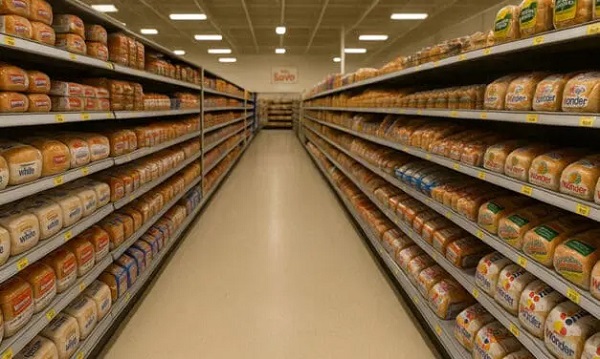
This article supplied by Troy Media.
 By Sylvain Charlebois
By Sylvain Charlebois
Canada’s bread price-fixing scandal is one of the most damaging breaches of corporate trust in the history of Canadian food retail. The recent approval
of a $500-million class-action settlement by an Ontario court is a significant—though partial—step toward accountability. But the story isn’t over.
For over a decade, grocery giants secretly rigged the price of the country’s most basic food item, and most Canadians had no idea.
From 2001 to 2015, retailers and suppliers deliberately coordinated to raise the price of packaged bread, a basic household staple. This kind of illegal arrangement, known as price-fixing, occurs when supposed competitors agree to set prices rather than compete, driving up costs for consumers. Companies named in the lawsuit include Loblaw, its parent company George Weston Ltd., Metro, Sobeys, Walmart and Giant Tiger.
The impact on consumers was steep. Estimates suggest Canadians were overcharged by more than $5 billion over 14 years. The added cost was hidden in weekly grocery bills, largely unnoticed, but cumulatively devastating, especially for lower-income households that spend a greater share of their income on food.
The Competition Bureau, Canada’s competition watchdog, launched its investigation in 2015 after Loblaw came forward as a whistleblower under its Immunity and Leniency Program. In exchange for cooperating, Loblaw and George Weston were granted immunity from criminal prosecution. Their disclosure triggered years of scrutiny. In 2017, the companies attempted to contain the public backlash by offering $25 gift cards to 3.8 million Canadians, a gesture that cost $96 million and was widely seen as inadequate.
More recently, in 2023, Canada Bread pleaded guilty and paid a record $50-million fine for its role in the scheme. Although the violations occurred while it was owned by Maple Leaf Foods, it was Grupo Bimbo—which acquired Canada Bread in 2014—that took responsibility and cooperated with regulators. It was a rare show of accountability in a case otherwise marked by corporate silence.
Despite multiple companies being implicated, only Loblaw, George Weston and Canada Bread have admitted wrongdoing. No fines or sanctions have been imposed on the others. Walmart, Metro, Sobeys and Giant Tiger—all named by Loblaw—deny the allegations. Yet the investigation drags on nearly a decade later.
This imbalance in accountability has deepened public frustration. Many Canadians believe only those who stepped forward have faced consequences,
while others remain untouched. Or perhaps Loblaw threw its competitors under the bus in a calculated effort to save its own reputation?
The $500-million settlement—$404 million of it from Loblaw and George Weston —was approved by an Ontario judge earlier this month as “fair, reasonable, and in the best interests of class members.” The other $96 million reflects the earlier gift card program. What’s left to be paid amounts to about $13 per Canadian adult. After legal fees and administrative costs, 78 per cent of that will go to eligible Canadians outside Quebec, with the remaining 22 per cent reserved for Quebecers, pending a June 16 court hearing.
But for many, the money and the apologies do little to restore trust. If companies can quietly collude on something as essential as bread, it raises questions about what else might be going unnoticed in our grocery bills. The scandal exposed major weaknesses in Canada’s food retail system: toothless competition laws, limited pricing transparency and weak deterrents against collusion. These investigations take too long, and the damage to public confidence lingers long after the cheques are cashed.
Bread is not just a commodity. It symbolizes nourishment, affordability and stability. Manipulating its price isn’t just a legal violation; it’s a betrayal of public trust.
If this case is to be a turning point, it must lead to more than payouts. Canada needs stronger enforcement, faster investigations and real transparency in pricing. Without systemic reform, Canadians will remain vulnerable to the next coordinated “market adjustment,” hiding in plain sight on store shelves.
Dr. Sylvain Charlebois is a Canadian professor and researcher in food distribution and policy. He is senior director of the Agri-Food Analytics Lab at Dalhousie University and co-host of The Food Professor Podcast. He is frequently cited in the media for his insights on food prices, agricultural trends, and the global food supply chain.
Troy Media empowers Canadian community news outlets by providing independent, insightful analysis and commentary. Our mission is to support local media in helping Canadians stay informed and engaged by delivering reliable content that strengthens community connections and deepens understanding across the country
-
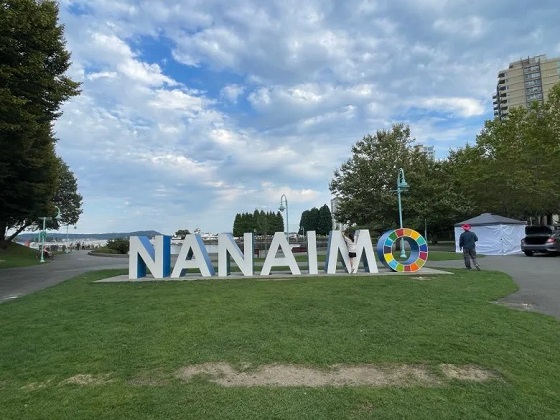
 Addictions20 hours ago
Addictions20 hours agoMan jailed for trafficking diverted safer supply drugs, sparking fresh debate over B.C. drug policies
-
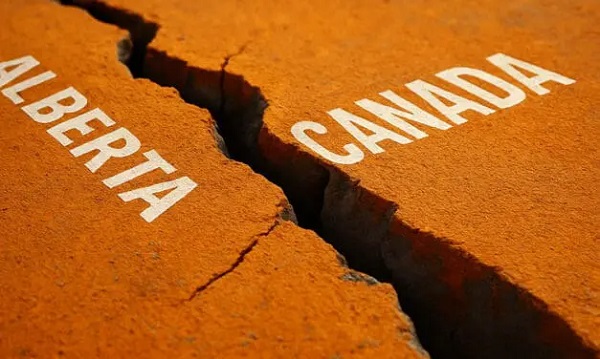
 Alberta22 hours ago
Alberta22 hours agoHow Trump and Alberta might just save Canada
-
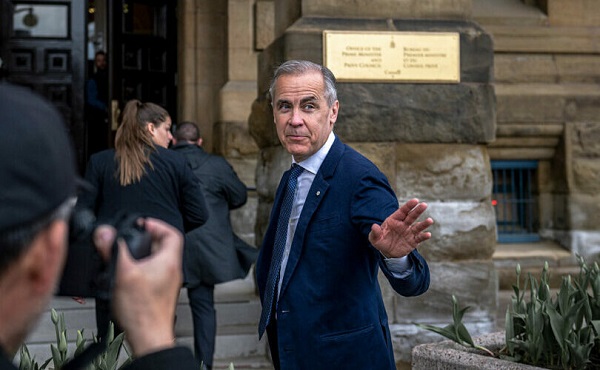
 Business21 hours ago
Business21 hours agoThe Liberals Finally Show Up to Work in 2025
-

 Alberta20 hours ago
Alberta20 hours agoJann Arden’s Rant Will Only Fuel Alberta’s Separation Fire
-

 Bruce Dowbiggin17 hours ago
Bruce Dowbiggin17 hours agoCaitlin Clark Has Been The Real Deal. So Her WNBA Rivals Hate Her
-
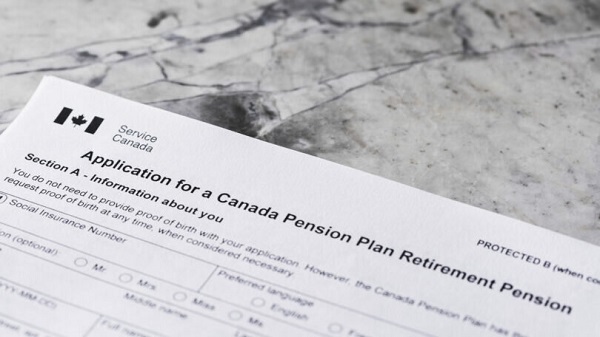
 Banks18 hours ago
Banks18 hours agoCanada Pension Plan becomes latest institution to drop carbon ‘net zero’ target
-
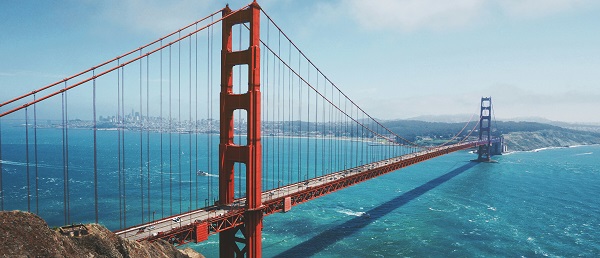
 Daily Caller19 hours ago
Daily Caller19 hours agoThere’s A Catch To California’s Rosy Population Stats
-

 espionage2 days ago
espionage2 days agoTrudeau Government Unlawfully Halted CSIS Foreign Operation, Endangering Officers and Damaging Canada’s Standing With Allies, Review Finds




